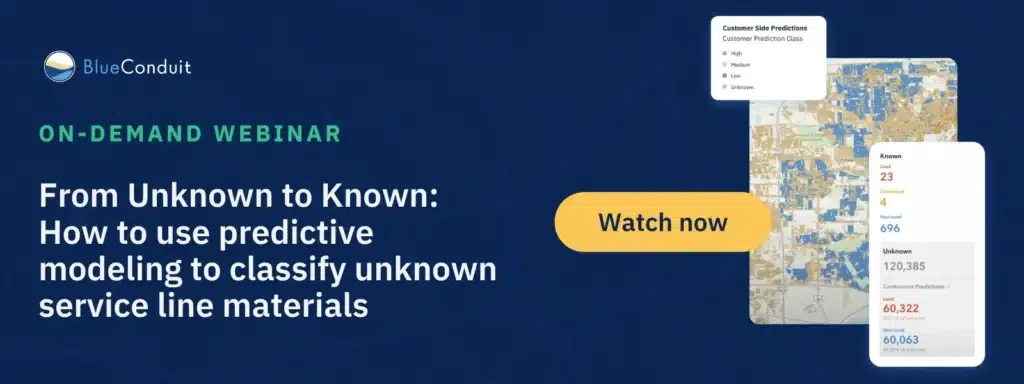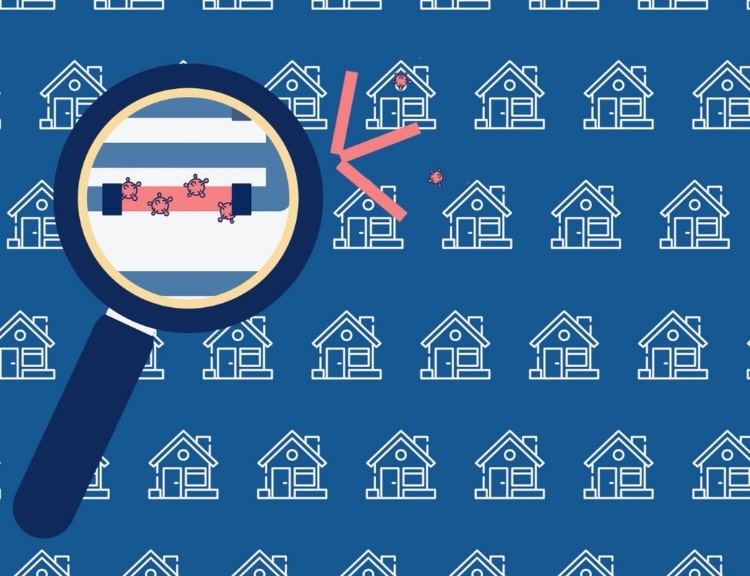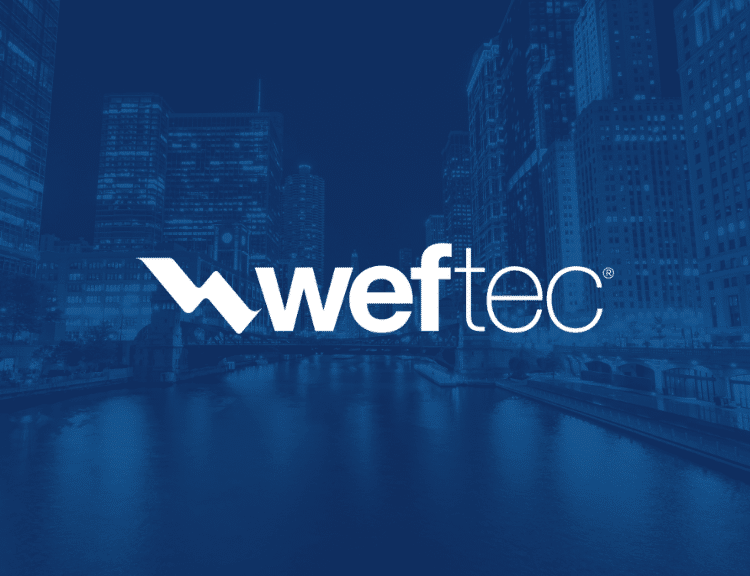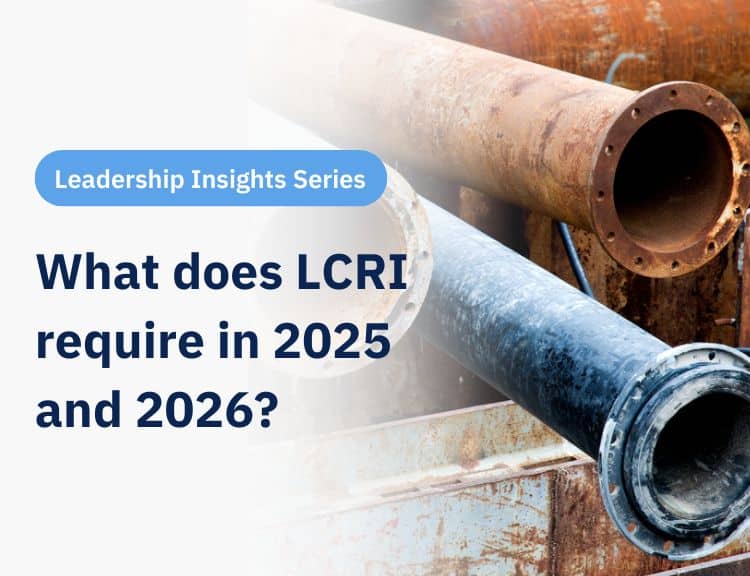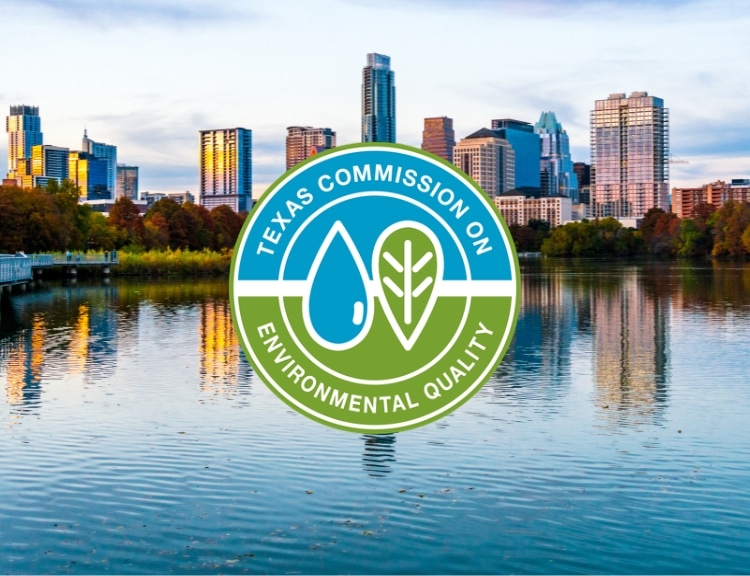We often get asked “Can I use a standard thresholds to classify service line materials as lead or non-lead?” The simple answer is no (unless you operate in a state like North Carolina or Massachusetts that sets standard thresholds in regulatory guidance).
Let’s explore why.
When using predictive modeling to assess lead likelihood, thresholds are a key step toward determining when a specific pipe can (or should) be classified as lead or non-lead. A threshold essentially establishes the probability cutoff at which a material is categorized, translating predictions into actionable classifications. However, there is no universal threshold that applies across all water systems.
Each water system has unique characteristics and needs, including variations in the dataset, performance across a variety of metrics, risk tolerance, and state regulatory requirements. A threshold that works well for one system may not be appropriate for another due to differences in model performance and local conditions.
Water systems must consider their specific priorities and risk tolerance when setting thresholds. A system with a lower tolerance for risk might set a more conservative threshold, classifying pipes as lead even at a relatively low probability to minimize the risk of missing true lead lines. Conversely, a system that prioritizes operational efficiency or resource constraints might set a higher threshold, reducing the likelihood of false positives and focusing resources on the most probable lead lines. State guidance and statistical defensibility also matters in this decision-making process.
Ultimately, selecting a threshold for classification is a balance between model performance, resource allocation, compliance, and public health protection. At BlueConduit, we work hard to balance these competing needs to best support water system as they make informed decisions about lead service line identification and replacement to ensure the best outcomes for their communities.
Curious to learn more about predictive modeling and the thresholding process for material classification? Watch our on-demand webinar to learn more.
